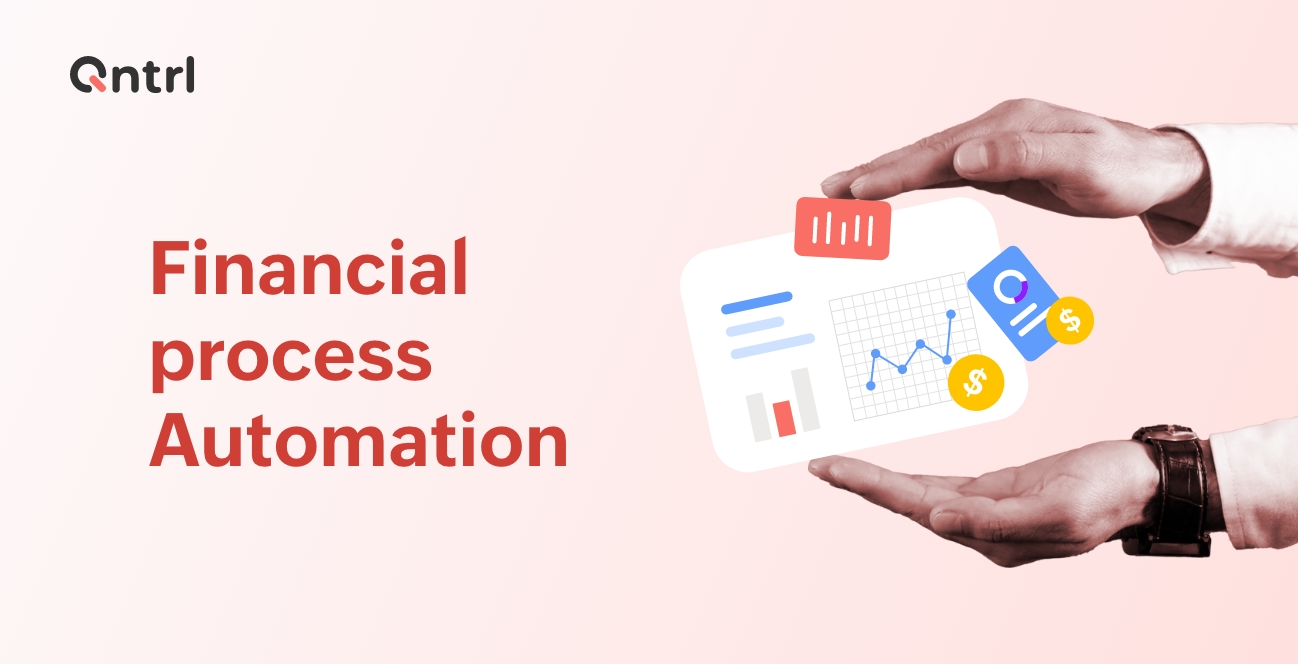The banking and finance industry is continually evolving, and in recent years, digitalization has become a key driver of change. Banks and financial institutions leverage technology to streamline operations and offer customers faster, more efficient services.
For instance, HDFC Bank, one of India's largest private lenders, recently launched a digitized retail lending process that allows customers to receive loan approval and disbursement in just 10 seconds.
With just a few clicks or taps on their net banking account system, customers can apply for a loan and receive almost real-time approval and disbursement. This is just one example of digitalization transforming the banking and finance industry.
In this blog, we'll explore the importance of process management in the digital age and how it's helping financial institutions optimize their operations, reduce costs, and improve customer experience.
Digitalizing the back-office work for banks
While much of the focus has been on front-end services, such as mobile banking and online account management, digitalizing the back-office work of banks is just as important.
The back end refers to the internal processes that support banking services, such as account opening and loan processing. Digitalizing these processes can speed things up, reduce errors, and improve customer satisfaction.
One of the main advantages of digitalizing the back-office work of banks is that it can streamline processes and reduce manual intervention. For example, using digital platforms to manage account opening and loan processing can reduce the time it takes to complete these tasks, reduce errors, and improve data accuracy.
This can improve the overall customer experience by reducing the time customers wait for services. By automating compliance checks, banks can ensure they meet regulatory requirements and reduce the risk of fraud. By analyzing customer data, banks can also tailor their products and services to meet their needs better.
And let's not forget about cost savings. Digitalizing processes reduces the need for manual intervention, cutting labor costs and consolidating systems to reduce technology costs.
Overall, digitalizing the back-office work of banks improves efficiency, reduces costs, and provides a better customer experience. It's a win-win for everyone!
How to manage bank processes from the back office
Here are 8 things you can do to manage bank processes on the back end:
Step 1- Define precise business requirements and process flows for each bank process you want to operate on the back end.
Step 2- Choose a suitable technology stack to implement the processes, considering security, scalability, and compliance requirements.
Step 3- Implement a robust data management strategy to ensure data is accurately and securely stored and processed.
Step 4- Develop an automated workflow system to manage processes efficiently and reduce the risk of errors or delays.
Step 5- Define and implement appropriate controls and audit trails to ensure compliance with regulatory requirements and internal policies.
Step 6- Continuously monitor and analyze process performance to identify improvement areas and optimize overall efficiency.
Step 7- Regularly update and maintain the system to stay current with changing regulations, technology, and customer needs.
Step 8- Provide ongoing training and support to staff who use the back-office system, to ensure they understand how to use it effectively and efficiently.
Does workflow management work for the banking sector?
Model Co-operative Urban Bank faced several obstacles when processing gold loans, including operational challenges, regulatory guidelines, risk of loan defaults, lack of visibility into activities, and market competition.
To gain visibility into the activities of bank personnel at each level of processing gold loans, Model Bank approached Start IT Now for a solution—and they recommended Qntrl software.
Qntrl streamlined the loan processing system at the bank, providing bank personnel with easy access to the necessary information to make informed decisions on loan sanctioning while ensuring compliance with RBI regulations.
Its standout features include auto-calculation of EMI, automated generation and issuing of the Gold Appraiser Certificate and loan sanction letter for each loan, and the MIS that provides top management with specific reports.
Qntrl also helped Model Co-operative Bank speed up loan approvals, ensure compliance with RBI regulations, eliminate errors due to manual calculations, streamline the loan processing experience, and gain complete visibility into sales activities.
Workflow management for banking operations
Workflow management software, such as Qntrl, can help banks streamline their loan processing systems, ensuring compliance with regulatory guidelines and minimizing errors.
By implementing precise business requirements, selecting suitable technology stacks, and providing ongoing training and support to staff, banks can enjoy cost savings, reduce risk, and maintain a better reputation in the market.
To take advantage of these benefits, book a demo today to see how workflow management software can help optimize your banking processes!







